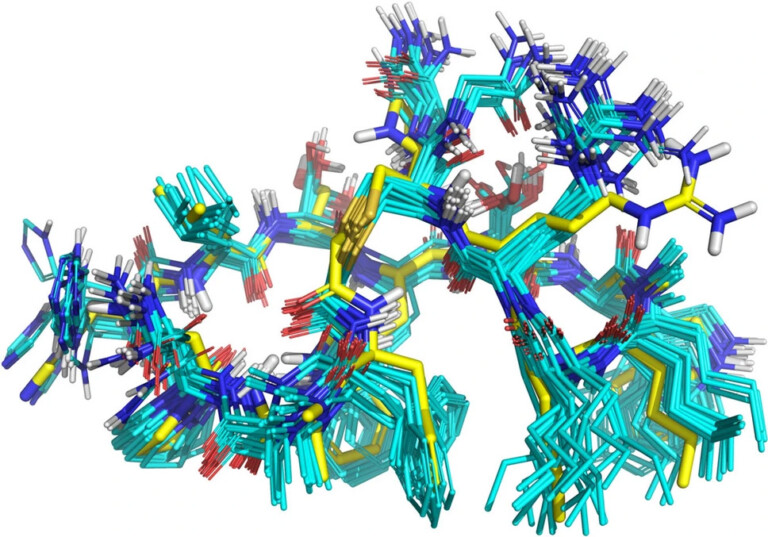Is AI improving drug discovery?
Is AI-guided drug discovery faster and cheaper? The evidence for this is, by definition, anecdotal. No one runs the same…
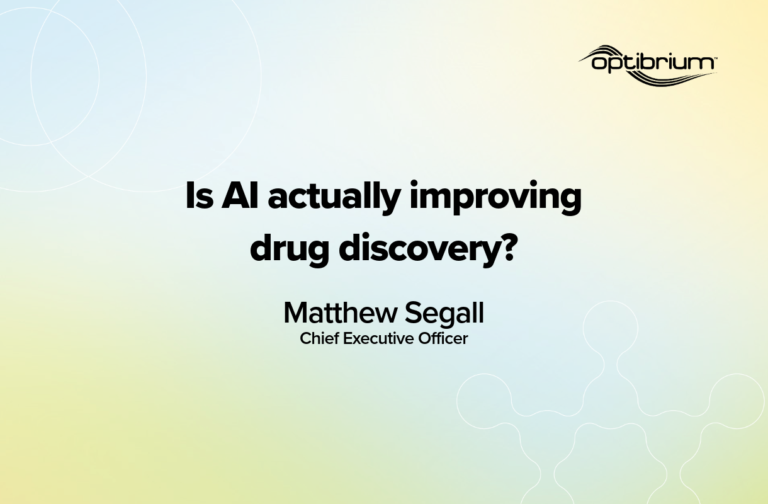
Is AI-guided drug discovery faster and cheaper? The evidence for this is, by definition, anecdotal. No one runs the same…

What’s the purpose of a predictive model? What’s the value of predictive models for drug discovery? Most of the undergraduate…
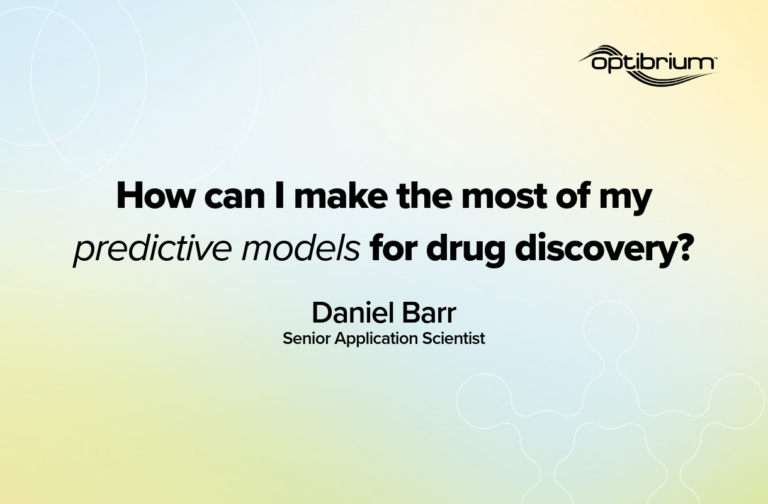
The role of generative chemistry in drug discovery A key difficulty in finding new drugs is the sheer size of…
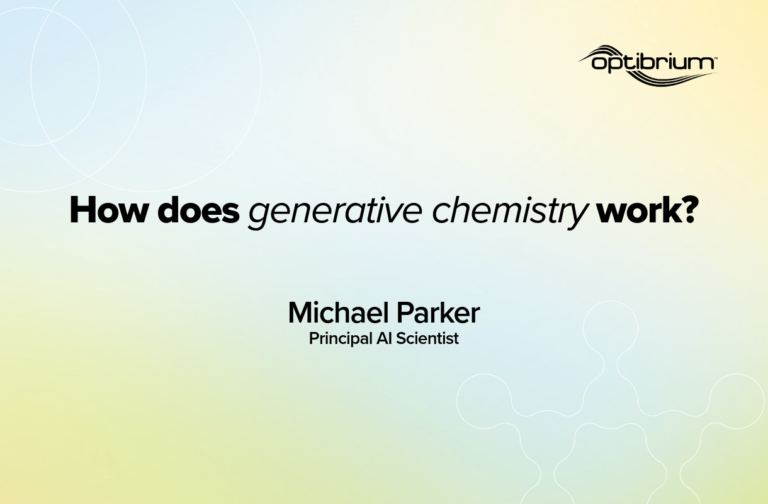
Discover which metabolite prediction software is best for your needs in this comprehensive guide from Optibrium. Compare top tools like Meteor Nexus, MetaSite, and StarDrop to make informed decisions for drug metabolism prediction
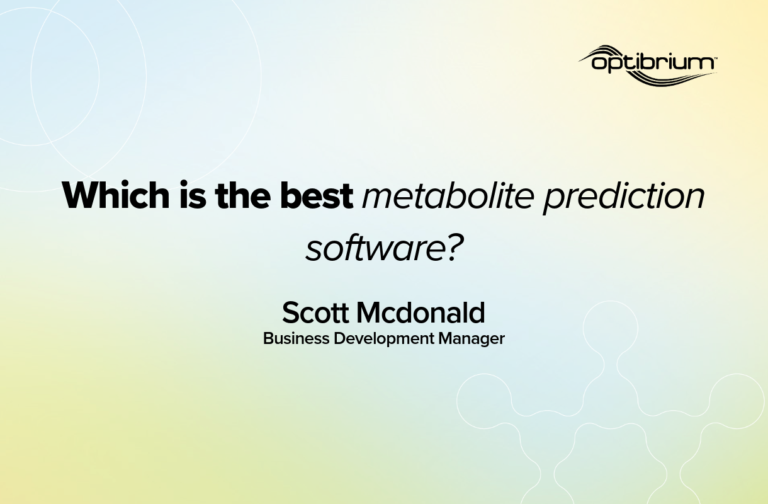
We’re often asked, “What’s the difference between QSAR and imputation models?”, so I’m going to explain how the methods differ, their advantages and disadvantages, and when each approach is applicable.
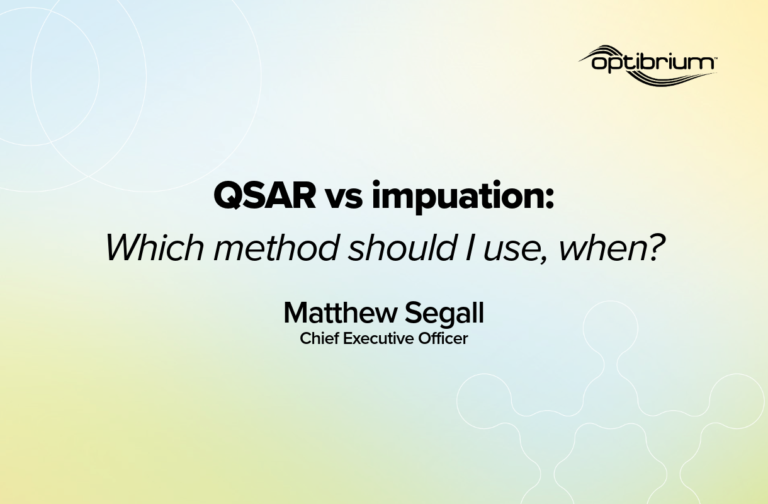
How number of users affect drug discovery software costs The number of people who need access to the platform is…

Peer-reviewed study published in Xenobiotica describes an innovative new method that predicts the routes and products of Phase I and II metabolism with high sensitivity and greater precision than
other approaches

Introduction The emergence of resistance and increased stringency of regulatory requirements have created a need for new agrochemicals. The long…
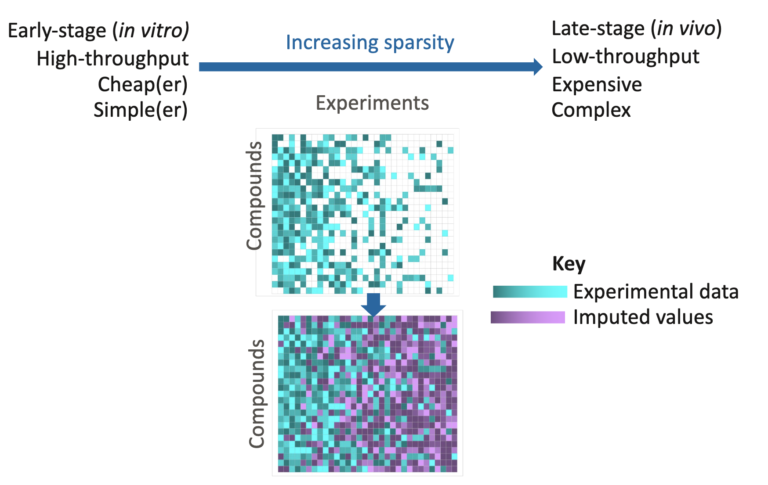
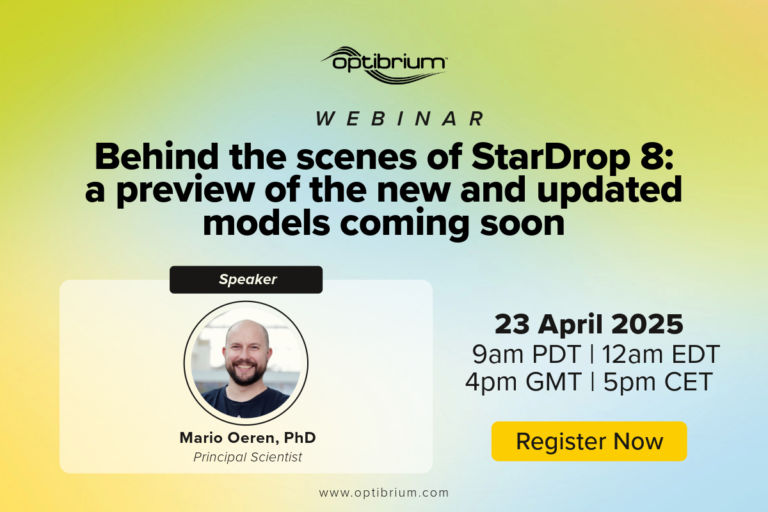
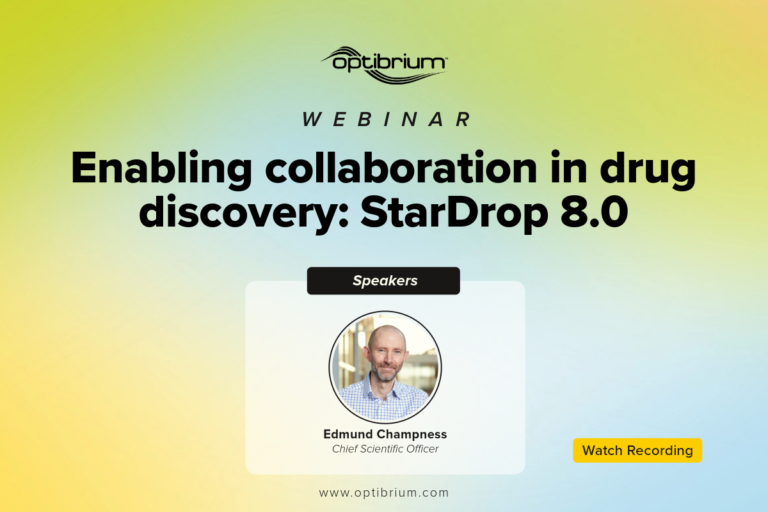
To guide drug design, it’s important to understand the likely ADME and physicochemical properties of your compounds at an early…
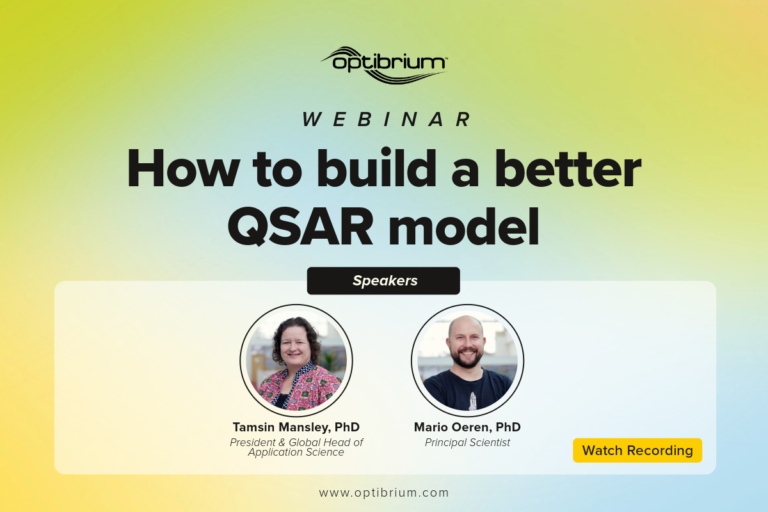
Develop advanced MPO strategies and target the right compounds, faster.
We’re diving back into our favourite subject: multi-parameter optimisation.
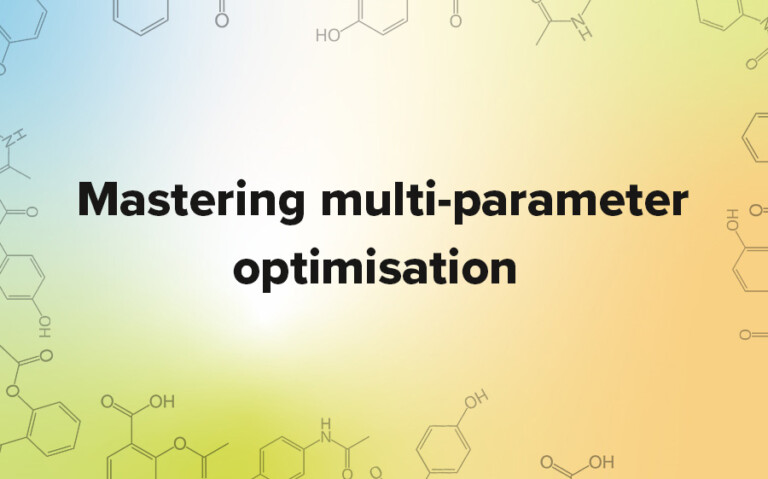
In this paper, we describe an extended benchmark for non-cognate docking of macrocyclic ligands, and the superior performance of Surflex-Dock…
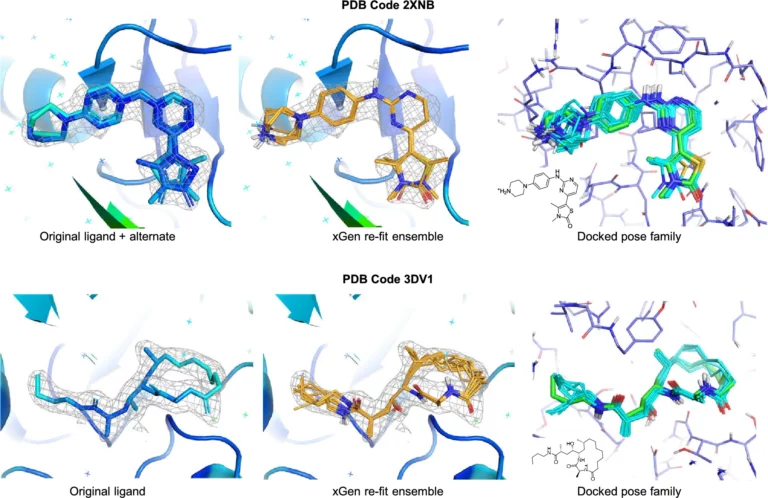
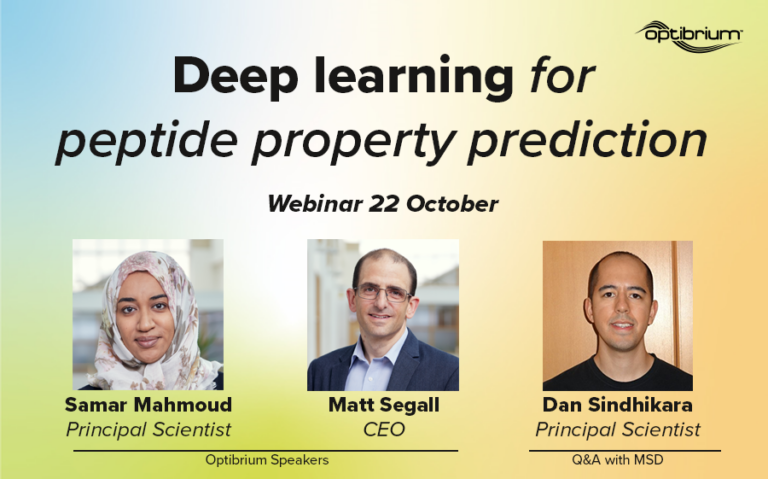
Successful drugs require a delicate balance of many properties, such as potency, ADME and toxicity, to meet a project’s therapeutic objective. To make decisions about compound progression and assay selection, the available data must be assessed against project-specific criteria. However, the data on which we base our decisions often come from different sources and can vary in quality, so how can we use this information to make confident decisions? In addition, how can we be sure that the criteria we’re using are the most appropriate?
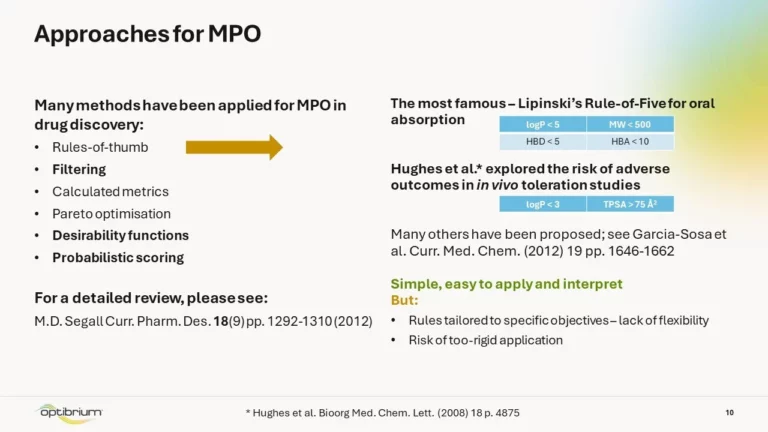
Generative molecular design provides new exciting avenues of chemical space exploration. But how can we use these methods effectively to assess many optimisation strategies and find the compounds destined for success in our projects?
Join Dr Matt Segall and Dr Michael Parker as they explore state-of-the-art generative chemistry, and discuss the importance of an augmented intelligence approach for successful discovery.
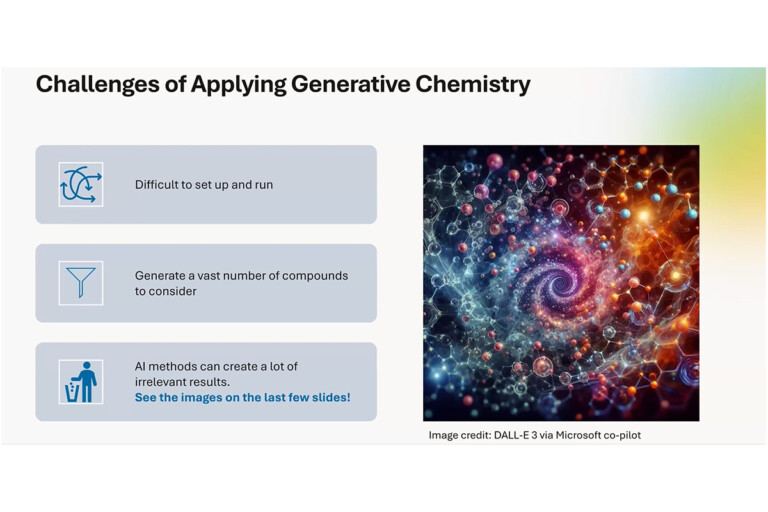
Scaffold replacement as part of an optimisation process that requires maintenance of potency, desirable biodistribution, metabolic stability, and considerations of synthesis at very large scale is a complex challenge.
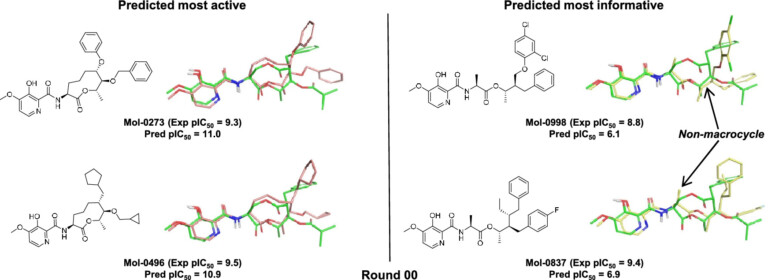
This peer-reviewed paper in Xenobiotica describes a new method to determine the most likely experimentally-observed routes of metabolism and metabolites based on our WhichP450™, regioselectivity and new WhichEnzyme™ model.
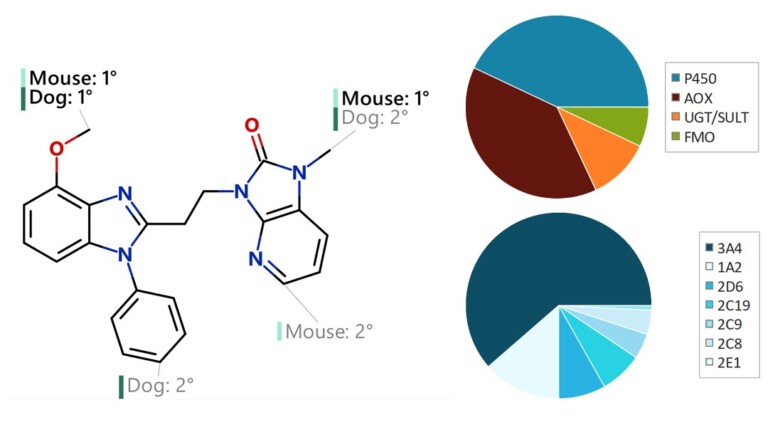
Systematic optimisation of large macrocyclic peptide ligands is a serious challenge. Here, we describe an approach for lead optimisation using the PD-1/PD-L1 system as a retrospective example of moving from initial lead compound to clinical candidate.
